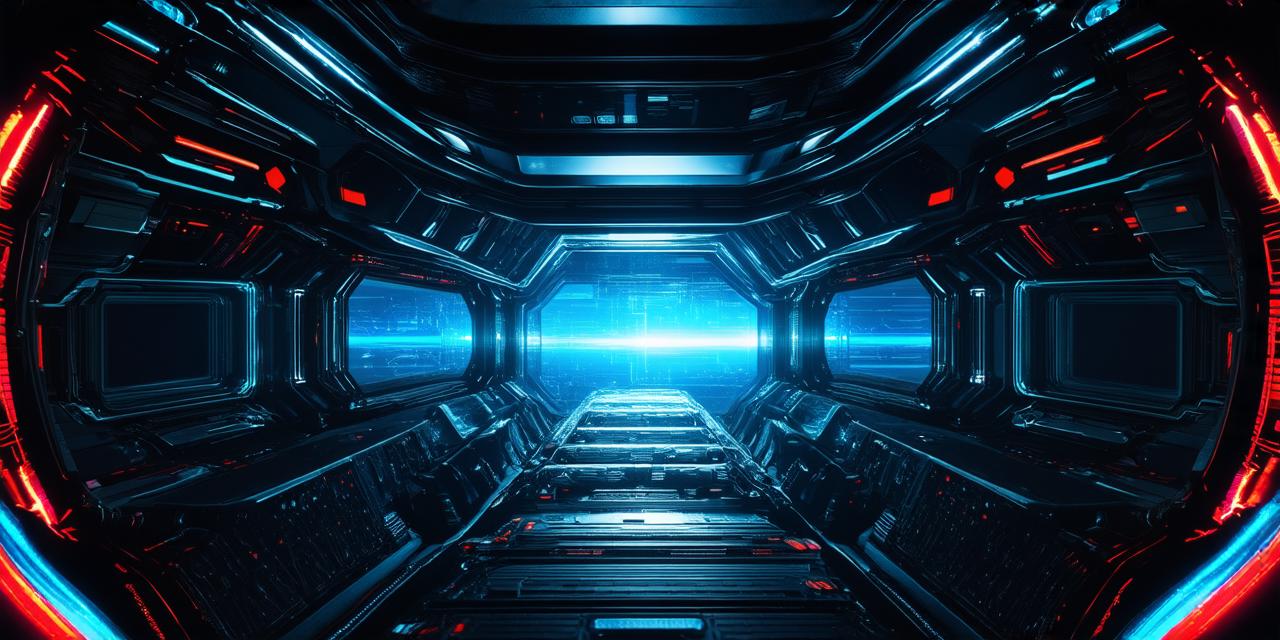
What are the responsibilities of a virtual reality developer?
1. Designing and Developing Virtual Environments
One of the primary responsibilities of a VR developer is to design and develop virtual environments that are immersive and engaging. This involves creating 3D models, textures, and lighting, as well as programming interactions and behaviors for objects within the environment. The goal is to create an experience that feels authentic and realistic, and that transports users into a new world.

For example, consider a VR game that allows players to explore a fantasy realm. The developer would be responsible for designing the environment, including the terrain, buildings, and creatures, as well as programming the interactions between these elements. They would also need to optimize the performance of the game to ensure it runs smoothly on various hardware configurations.
2. Creating User Interfaces and Controls
Another key responsibility of a VR developer is to create user interfaces and controls that allow users to interact with the virtual environment. This includes designing menus, buttons, and other interactive elements, as well as programming the logic behind these interactions.
For example, consider a VR training program for medical professionals. The developer would be responsible for creating a user interface that allows users to navigate through different scenarios and interact with virtual patients. They would also need to ensure that the controls are intuitive and easy to use, so that users can focus on the task at hand.
3. Optimizing Performance and User Experience
One of the biggest challenges facing VR developers is optimizing performance and ensuring a smooth user experience. This involves optimizing code for various hardware configurations, as well as testing and debugging to ensure that the virtual environment runs smoothly and without glitches or lag.
For example, consider a VR application that allows users to explore a museum’s collection of artifacts. The developer would be responsible for ensuring that the application runs smoothly on a range of devices, from high-end gaming systems to mobile phones. They would also need to test and debug the application to ensure that users can navigate through the museum without any issues.
4. Collaborating with Other Teams
Virtual reality development often requires collaboration with other teams, such as designers, artists, and project managers. VR developers must be able to communicate effectively with these teams and work together to achieve a common goal.
For example, consider a VR game that involves working with a team of artists to create 3D models for the game world. The developer would need to collaborate closely with the artists to ensure that the models are high-quality and meet the requirements of the game. They would also need to communicate with the project manager to ensure that the project stays on schedule and within budget.
In conclusion, being a VR developer requires a range of skills and responsibilities. From designing virtual environments to creating user interfaces and optimizing performance, VR developers play a critical role in bringing virtual reality experiences to life. As the technology continues to evolve, the demand for skilled VR developers will only continue to grow. If you’re interested in becoming a VR developer, it’s important to stay up-to-date on the latest trends and techniques, and to gain hands-on experience through internships or freelance projects.


